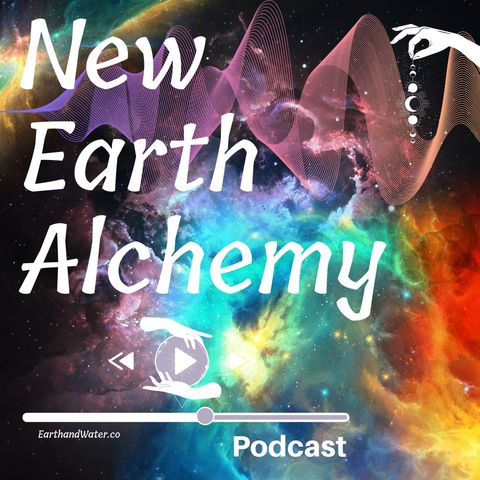As the shortest days lengthen and a whisper of warmth stirs the frozen earth, a festival of ancient origins emerges from the twilight of winter: Imbolc. This Celtic celebration, marked on February 1st or 2nd (to common society, it’s known as groundhog day), depending on tradition, heralds the stirrings of spring, a beacon of light and hope amidst the lingering chill.Imbolc, whose name likely translates to “in the belly” or “pregnancy,” resonates with the potent symbolism of rebirth and renewal. It marks the halfway point between the winter solstice and the spring equinox, a turning point where the days inch longer and nature begins its slow reawakening. It’s a time to honor the dormant potential within, to nurture the flickering flames of creativity and inspiration that have waited patiently beneath the winter’s frost.For centuries, Imbolc has been woven into Celtic life. Farmers saw it as a time to prepare for the lambing season, celebrating the arrival of new life. Goddesses like Brigid, protector of hearth and home, creativity, and healing, were particularly honored during this time. Offerings of milk, butter, and fire were made, and bonfires blazed through the night, chasing away the darkness and welcoming the returning light.Though the world has changed, the essence of Imbolc remains vibrant. We can still tap into the spirit of this festival by:
- Awakening Creativity: Imbolc is a time to rekindle creative pursuits. Whether it’s writing, painting, playing music, or crafting, allow your inner artist to blossom.
- Celebrating Light: Bring light into your life, both literally and figuratively. Light candles, spend time outdoors basking in the sun, and fill your home with joyful moments.
- Nurturing New Beginnings: Use this time to plant seeds for the future, whether it’s setting new goals, embarking on a new project, or simply cultivating a more hopeful outlook.
- Honoring what Brigid stands for: The spirit of healing, creativity, and community resonates deeply with the essence of Imbolc. Consider ways to embody these qualities in your own life and connect with your own inner wellspring of strength and compassion.
Imbolc is more than just a collection of traditions; it’s an invitation to embrace the inherent potential for renewal within ourselves and the world around us. It’s a reminder that even amidst the coldest winters, a spark of life persists, waiting to be nurtured and fanned into a vibrant flame. As we open ourselves to the spirit of Imbolc, we become co-creators with nature, actively participating in the ongoing dance of transformation and rebirth.So, let the light of Imbolc guide you. Embrace the promise of spring, nurture your inner flame, and watch as your own creativity and potential unfurl, painting the canvas of your life with vibrant hues of possibility. Let this be a season not just of hope, but of active participation in the unfolding magick of renewal.Many of our mainstream Christian holidays are largely based on these ancient pagan holidays (Christmas and
Yule, Easter and
Ostara, are examples) but with consumerism, they’ve lost their meanings and gotten away from the celebration of life and connection to nature. Most people don’t even know what they’re celebrating anymore.Getting back to our ancestral roots of flowing along with the seasons and enjoying the symbolism tied to these celebrations brings a sense of magic and connection into our lives. After all, we are part of this wonderful world; Blood and bone, all made of the earth and the water.Imbolc is the celebration of the ending of winter and the coming of spring. The days are getting longer as the sun graces us with more of his presence. The snow is melting (if you get that sort of thing where you live. I don’t usually) to make way for the sprouts of our gardens. It’s a time of releasing that which is no longer serving us and welcoming in the new.
Accompanying blog post: https://earthandwater.co/imbolc/
Other names Imbolc goes by
Groundhog day
St. Brighid’s Day
Candlemas


Commenti